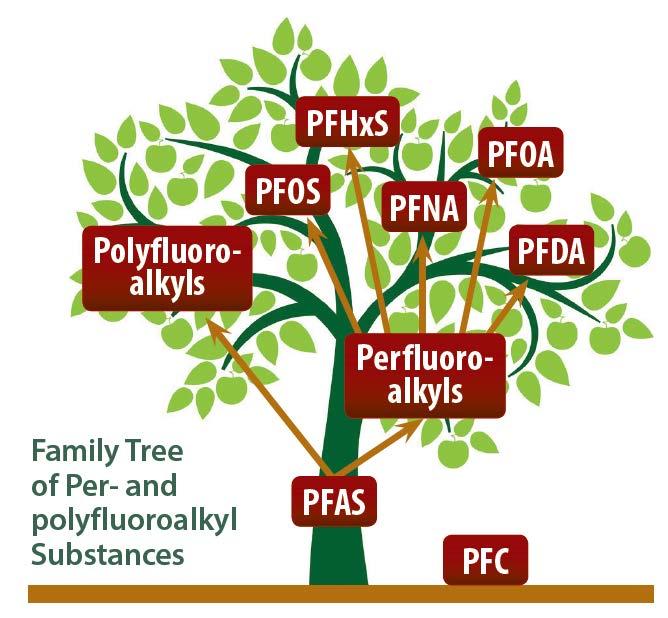Childhood Leukemia Linked to PFAS Levels Measured in Mother's First Trimester
, by Jennifer K. Loukissas, M.P.P.
In a study in Finland, increasing serum concentrations of specific per- and polyfluoroalkyl substances (PFAS) measured in women during pregnancy were associated with risk of childhood acute lymphoblastic leukemia (ALL) in their offspring. This study—the first to explore the association between prenatal PFAS exposure and risk of childhood leukemia—was published in the Journal of the National Cancer Institute on December 13, 2023.
Rena R. Jones, Ph.D. M.S., senior investigator, and Mary H. Ward, Ph.D., senior investigator, both in the Occupational and Environmental Epidemiology Branch, and colleagues in DCEG and Finland measured PFAS in first-trimester blood samples collected from women aged 18-39 in the Finnish Maternity Cohort, a population-based biobank that captured over 90% of pregnancies in Finland between 1986 and 2010. The analysis was conducted among 400 cases of childhood ALL and 400 matched controls.
PFAS are a group of chemicals of global concern due to their widespread use and environmental persistence. Humans are exposed primarily from contaminated food, drinking water, and house dust. Two of the most abundant PFAS, perfluorooctanesulfonic acid (PFOS) and perfluorooctanoic acid (PFOA), were voluntarily phased out of production in the early 2000s but have continued to be detected in humans. Prenatal and postnatal exposure to PFAS occurs through cord blood and breast milk, respectively.
Elevated levels of a particular precursor of PFOS, N-methyl-perfluorooctane sulfonamidoacetic acid (MeFOSAA), were observed in serum of all pregnancies of children who later developed ALL. A similar observation was made for an association with PFOS for pregnancies occurring between 1986 through 1995, the period before their phase-out when levels were relatively higher than in later years. While exposure to PFAS is ubiquitous, the Finnish women had concentrations somewhat lower than those observed in the general population in the U.S. and some other parts of Europe, which may have implications for childhood leukemia risk in these populations.
While ALL is the most common childhood cancer worldwide, it is still rare. According to the NCI SEER Program, each year there are 4.9 cases per 100,000 children in the U.S. Five-year survival for childhood ALL is approximately 90%. Researchers have suspected immune dysregulation may be related to childhood leukemia risk. Because PFOS and PFOA can suppress antibody responses, it is plausible for some PFAS to be risk factors for childhood leukemia. Immune suppression associated with PFAS has been observed in studies of animals and humans, including children.
In November of this year, the International Agency for Research on Cancer re-reviewed PFOA, resulting in a new classification of carcinogenic to humans (Group 1) based on sufficient evidence for cancer in experimental animals and strong mechanistic evidence in exposed humans. The earlier classification of PFOA was Group 2B, possibly carcinogenic to humans, based on limited human evidence for testicular and renal cancers and limited animal evidence of carcinogenicity. PFOS was evaluated for the first time and classified in Group 2B.
The authors note the importance of replicating these novel findings, especially in populations with higher exposure levels.
Reference
Jones RR... Ward MH. et al. Prenatal maternal serum concentrations of per- and polyfluoroalkyl substances and childhood leukemia among offspring in the Finnish Maternity Cohort. J Nat Cancer Inst 2023.
